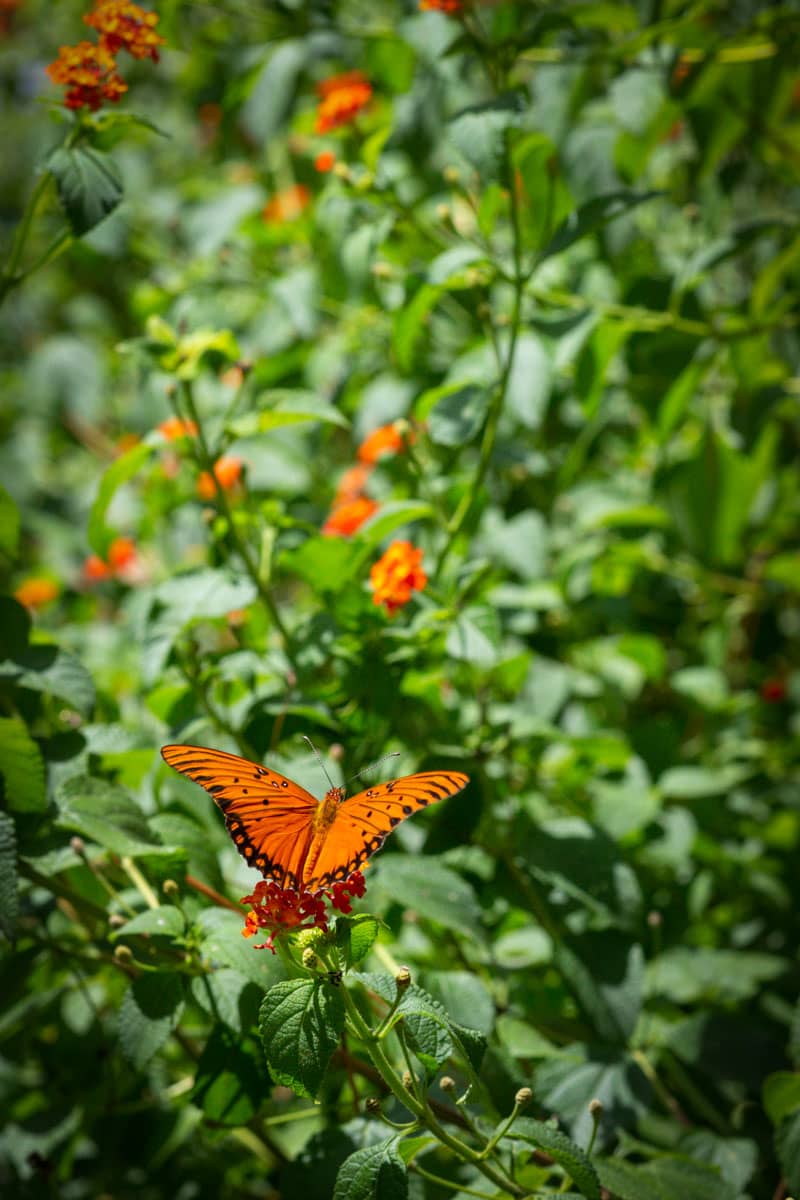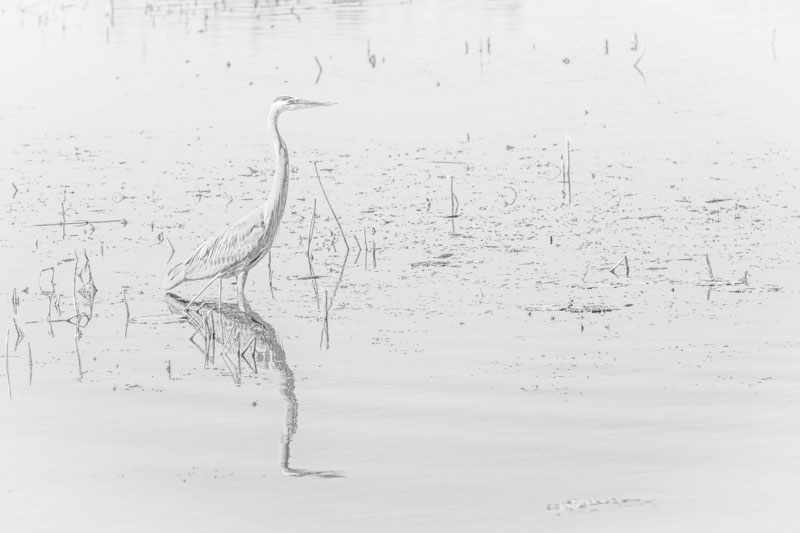Alternative Approach To Nature Photography
I like to take an alternative approach to nature photography. I’ve never been into what many people consider “real” nature photography. I’m not suggesting there is anything wrong about nature photography. Everyone has their own particular interests but nature photography, as most people consider it, just happens not to be one of mine.
Before I go further, a word or warning. A lot of what I’m about to say may sound like a rant. But be assured that I’m not trying to say nature photography is bad or an unworthy subject. Both assertions are wrong. I’m merely discussing what I like/dislike about standard nature photography. This doesn’t mean I’m right (there is no “right”) or that you should agree and conform to my thoughts about nature photography. The world would be boring and very uninteresting if we all thought alike.
What I Like About Nature Photography
The world is wondrous place. It’s simply beautiful in all aspects if we only just sit back and learn to “see” it. Nature photography has the ability to open our eyes to this beauty. We often get all wrapped up in the daily concerns of our life that we lose sight of the wonderful world we live in. Good nature photography can remind us of that. It can remind us as the saying goes to stop and smell the roses. Just because that sentiment is a bit cliched does not diminish its truth.
Some may feel that these few sentences pale in compare to what I’m about to say next. It may seem like I’m trying to sugarcoat things before delivering the bad news. But that’s not true. Sometimes powerful ideas are really simple ideas and can be expressed as such.
What Frustrates Me About Nature Photography
I belong to 3 camera clubs and am active on a number of photography websites. Nature photography is a very popular genre with many people. In viewing all of these photographs I’ve noticed a certain uniformity. Nature photography seems to have a lot of unwritten rules which frustrates me both as a photographer and as a viewer. I’m sure that some would say that the genres I like (architecture, black and white, landscapes to name a few) have unwritten rules too. And they would be correct. I’m not trying to be holier than thou. I simply want to discuss natures photography’s rules and how and why I decided to break some of them in my nature shots.
Nature Photography’s Rules
Based on my observations and comments I heard from nature photographers, the unwritten nature photography rules at least for birds, insects and animals seems to be:
- The animal, bird, or insect needs to dominate the image and essentially fill the frame. It can almost be macro in style.
- The eyes should be seen, tack sharp, with catchlights (this rule seems to be especially important)
- Details in the fur/feathers/etc. should be especially noticeable and tack sharp
- There should be no motion blur in wings but motion blur with running animals is ok
- You have to shoot with a shallow depth of field and have nice bokeh
- Your image has to be in color
These all tend to put nature photography in a documentary or journalistic category. And there is nothing wrong with that!
The rules make our jobs as photographer less complicated. We know exactly what we can and cannot do. We don’t have as many decisions to make. Additionally, often composition doesn’t seem to matter. Just center the subject, fill the frame and shoot away. Perhaps all of this is why so many photographers like this format. However, the downside is that we also end up with a certain uniformity and sameness in our photos and in comparison, to others.
An Alternative Approach To Nature Photography
I’d like to suggest that we occasionally consider an alternative approach to nature photography. Most of us don’t shoot for National Geographic so we are free to break as many rules as we like. Some quotes to keep in mind:
“If you obey all the rules, you miss all the fun.” – Katherine Hepburn
“Learn the rules like a pro, so you can break them like an artist.” – Pablo Picasso
My suggestion is to occasionally try to shoot more like an artist and less like a documentarian when we take nature photos. For art photos there are no rules which means there are endless possibilities. As we consider our options and make our choices it is very possible that we end up following all the rules. And that’s okay. The big difference is we did that after deliberate thought and consideration rather than just following the rules. Breaking the rules now and then can be a liberating experience. One that stimulates our creativity and opens our eyes to new possibilities.
Take a look at some of Art Wolfe’s work for some simply beautiful examples. Wolfe doesn’t allow himself to be constrained by the rules. When you examine his photos, you can see instances where he followed a particular rule. However, it is clear he didn’t do this as an obligation but rather because it helped make the photo betters. Additionally, by breaking the rules your nature photos have better opportunity to tell a story than the rigid confines of the rules might.
Consider Alternative Compositions
Again, if we look at Art Wolfe’s work you see how he uses different compositions to tell a story. Think about what you want your photo to say. Consider showing the subject in context to its surroundings by not tightly framing on it. Tell its story by showing how it exists and lives in it environment.
For example, recently I saw some beautiful orange butterflies amongst orange flowers of the same shade and tone. That is what drew my attention much more so than the individual butterfly. So for my Orange On Orange shots I composed it to include more of the flowers instead of a tight crop on the butterfly.


Consider Alternative Processing
We are used to seeing nature photos in color. But why not consider black and white, high-key, low-key or other processing techniques? How about treating your nature photos as animal portraits? Lukas Holas has some amazing black and white animal portraits.
Below are two examples of black and white high-key processing I made. These are non-standard nature shots but I think they work well and help you really “see” and appreciate the beauty of the animals.


Give it a try. Break the rules. After all, wouldn’t you hate to miss all the fun?
Leave A Comment And Share
I’d love to hear your comments and feedback on this post. I hope it was helpful. What’s been your experience with considering an alternative approach to nature photography? Please leave a comment in the comment box below.
Also, if you like this post please share on Facebook and Twitter.

